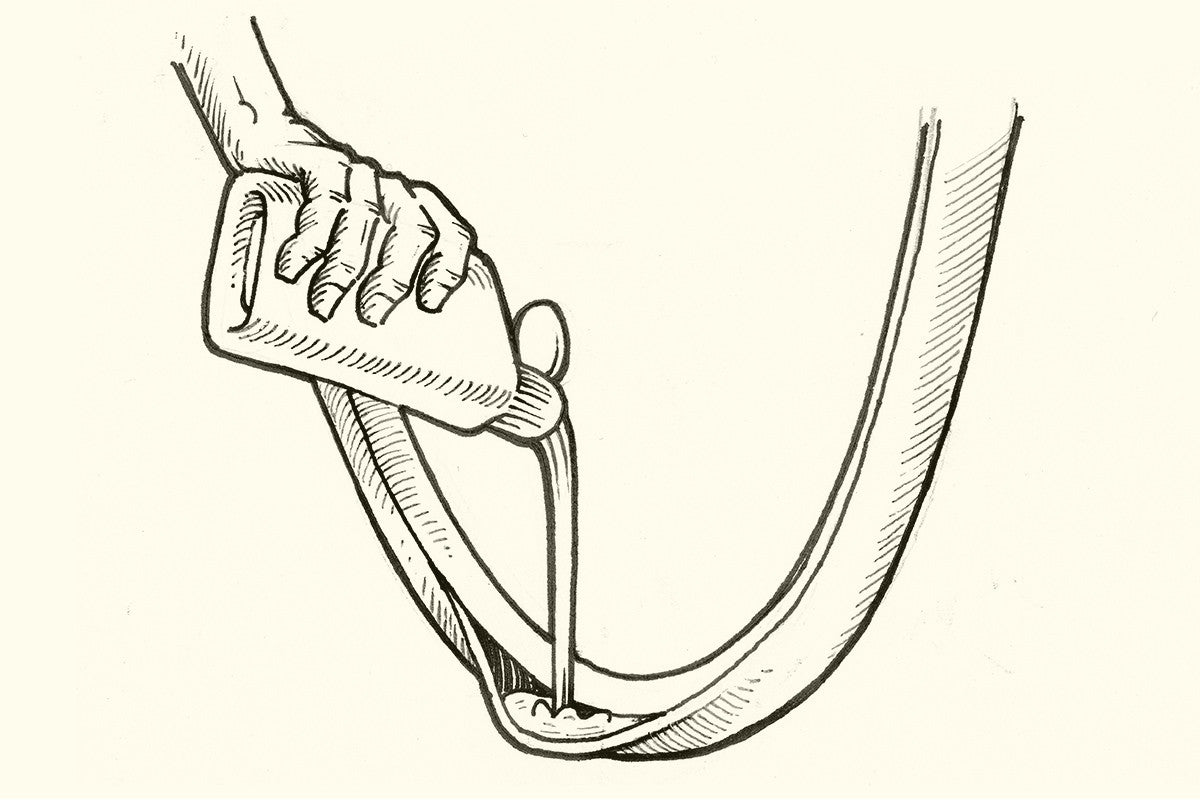
Compatibility and equipment questions
Is tubeless another name for tubular tyres?
No, tubeless tyres do not have an inner tube and are held onto the rim by interface between the rim and the tyre shape. Tubular are tyres have an inner tube inside the tyre and are glued onto the rim. Tubular rims do not have a sidewall and if you get a puncture you can't replace the inner tube as it is stitched into the casing of the tyre.
Is tubeless lighter than tubed?
Tubeless is typically lighter than a tubed setup, at least where wider tyres are involved. It depends on the tyre you choose.
Continental Grand Prix 5000 S TR Tubeless Tyre, 28mm - 280g
Tubeless valve 10g
Sealant 60g
Total = 350g
Continental Grand Prix 5000 Clincher, 28mm - 250g
Inner tube 100g
Total = 350g
Can I convert my non-tubeless wheel to tubeless?
You can but it requires additional set up. Tubeless tyres need an airtight seal to work and non-tubeless rims can leak air faster than a tubeless-ready rim.
You can purchase specific conversion kits, where rubber or plastic rim strips are fitted beneath tubeless tape to provide a tighter fit for the tubeless tyre on your rim and create an airtight seal. These conversions are inherently hit-or-miss, and a substantial amount of care should be exercised before setting out on a converted setup.
On the road, and where higher operating pressures are used, it’s advised to only use recommended rims for tubeless set ups. We strongly advise against converting non-tubeless road wheels to work with tubeless tyres.
How do I know if my tyres or rims are tubeless compatible?
The manufacturer will indicate on the side of your tyre that it is tubeless. However some brands may use abbreviations such as TLC (tubeless compatible), TLR (tubeless ready), 2Bliss, TR (TubelessReady). Rim and wheels may carry a sticker or marking noting if they are tubeless compatible or hookless compatible. If you are unsure, consult your retailer or owners manual.
Can I run an inner tube with a tubeless rim and/or tyre?
Yes, if you don’t want to run tubeless or decide to switch back, it is absolutely acceptable to use the tyre with an inner tube. The exception to this is hookless (TSS) — you must use a compatible tubeless tyre regardless of whether you want to use it tubeless or with a tube inside.Heading 1
Should I switch to tubeless?
For off-road riders, gravel and cyclocross bikes, switching to tubeless is a great idea. Trails and gravel surfaces have lots of material that is likely to slash your tyre. Tyres are run at lower pressures, especially on wetter or muddy rides and tubeless tyres will avoid pinch punctures as you hop or smash over roots, rocks and curbs. For road riders who use their bikes in poor conditions and commuting, tubeless also makes good sense as there is often debris around. You may find yourself bumping up and down curbs as you move between the cycle path and the road, and pinch punctures can often occur. For road bikes that are used almost exclusively in the spring and summer, where there is less road debris, tubeless tyres don’t hold as many advantages, though there are still the performance benefits of lower rolling resistance to consider against the cost of the equipment.

Sealant questions
How often should I top up my sealant?
This depends on your tyre, riding conditions and sealant. In hotter, drier weather you should check your sealant every 2-3 months. In cooler weather check your tyres every 4-6 months.
How do I top up the sealant?
Rotate your wheel to move the valve to the 12 o’clock position. Release air from the tyre a little at a time so that the bead stays seated. Use a valve core remover tool (this is supplied with most wheels). Rotate the wheel so the valve is at 5 o’clock, and use the syringe to add sealant. The sealant bottle will recommend the amount to add. Replace the valve core and inflate the tyre.
Can I mix different sealant brands?
No, sealants have different formulas and may not work well together and you may find your tyre doesn’t seal properly.
Does sealant expire?
Once opened the sealant will eventually expire but in a container with the lid on and stored in cool dry conditions it has a very long shelf life
How much sealant do I need?
The amount varies depending on the brand of sealant and the width of your tyre. For example a 32mm road tyre requires more sealant than a 25mm road tyre.
Here is a basic overview:
Road 700x 25-30mm: 30 to 60ml
MTB 26” & 27”: 60 to 85ml
Cyclo Cross 700x 30-35mm: 60 to 85ml
Gravel 700x 35-45mm: 60 to 100ml
MTB 29”: 105 to 140ml
How do I know if I need more sealant?
If you notice your tyre has deflated alot, you may need more sealant. Check your bike frame and tyre, if you notice sealant spray then you will have had a puncture and it will need to be topped up.
How should I clean up spilt or sprayed sealant?
In the event of a major puncture, sealant may spray on your frame as it leaks out the hole and eventually seals. Keep riding until the hole seals. Then stop and spray some water on your frame from your bidon and pump up your tyre if it feels a bit soft.
If you get sealant on your clothes, try and wash it off immediately with cold water or put your clothing in the washing machine on a cool wash.

Maintenance questions
The tubeless valves have become clogged, what should I do?
If you haven’t used your bike for over a year, you may find your tyres aren’t inflating as easily as they used to. This is usually caused by dried sealant clogging up the valve. Either replace the valve with a brand new one or take the valve apart and scrape out any dried sealant with a pin or similar.
How do I remove the valve core?
Use a dedicated valve core tool to unscrew it from the valve stem (remember ‘lefty loosey, righty tighty’). Alternatively, you can use pliers with care. Simply reverse the process to install it. It should be tight enough that you cannot remove it with your bare fingers.
My tyres deflate within 24 hours, how do I fix this?
You’ve got a leak. Find out where the air is coming from by dipping the wheel in a bucket of water and looking for air bubbles.
From the sidewall of a tyre: Give the tyre a shake while turning it on its side (imagine driving a tractor or bus with your wheel). Your goal is to distribute the sealant around the entire surface of the tyre casing. Once done, lay the wheel flat on a bucket or similar and leave for a few hours. Repeat the shaking motion and flip the wheel. It’s also a good idea to immediately ride the inflated tyre around for a few minutes. Riding will flex the casing, helping the sealant fill any remaining tiny holes in the sidewalls.
From the tubeless value: Make sure you haven’t torn the surrounding tape. Check that the valve’s rubber grommet is matching and sealing to the rim shape as some rims call for specific valves. Check that the valve nut is tight.
From the spoke holes: You either have a valve seal issue or a poor rim tape seal. Re-do the rim tape installation with fresh tape and ensure the rim is cleaned with an alcohol-based solvent first. Installing a tube overnight can help seal the new rim tape against the rim.
Riding questions
What spares should I take with me on a ride?
Tubeless plug kit (especially if riding remotely or riding gravel)
Inner tube
Mini pump
What should I do if I get a puncture when riding?
If you ride over something sharp and your tyre is cut, keep riding. You may hear the sound of leaking air or see sealant spraying out. The rotation of your tyre helps to move sealant to the hole to clog and seal it, stopping air loss.
Your tyre may deflate but by a small amount, it may not even feel noticeable. Later on your ride you might want to stop to top up the air pressure in order to get the best ride performance from your tyres. If several punctures occur on the ride or over consecutive days, top up the sealant levels after the ride to ensure you have enough.
What is a tubeless plug kit?
If your sealant is leaking out of a larger puncture, and the sealant isn’t containing it, you can plug it by hand using a tubeless tire plug. Tire plugs are strips of vulcanized rubber designed to be inserted into a puncture to seal the tire. Plug kits are easy to carry on your bike and they can repair tires quickly, saving you the hassle of installing a tube.
These are little rubber strips you poke directly into the hole with a needle. The rubber will get stuck in the tire and react with the chemicals in the sealant and expand to plug the hole.
How do I use a plug kit?
- Remove a tire plug from the packaging
- Thread the plug through the eye of the plug tool.
- Fold the plug in half and insert it into the puncture. Leave a decent tail.
- Remove the tool from the puncture. The plug should stay in place.
- Add air with a pump and ride away.
It can take some force to get the plug through the tire. If your tire hasn’t gone completely flat, it’s nice to have some air in the tire to push against. Try holding a finger over a leak or have a friend do it while you get the plug ready.
Large punctures may require more than one plug to seal. Use your best judgment, but if 2-3 plugs don’t take care of a puncture, put in a tube.
When you remove the tool, it should leave the tire plug in place, but you might need to press a finger against the plug to encourage it to stay behind.
If the tire plug holds air reliably, you can keep riding a plugged tyre until it wears out. If you want, trim the plug so it looks neater.
What should I do when I pack my bike for air travel?
If you plan to fly with your bike, deflate your tyres a small amount but ensure the tyre beads stay seated on the rim. Inflate to the correct pressure on arrival. Take a small tube of sealant so you can top up your tyres if needed.
Can I use CO2 canisters with tubeless tyres?
You can inflate your tyres with CO2, though CO2 canisters can cause latex sealant to dry out quickly.
Find your next tyres and sealant
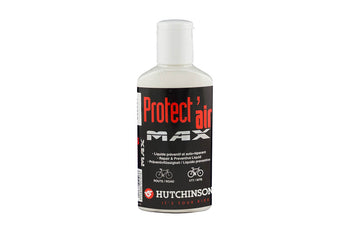 Sale
Hutchinson Tubeless Sealant - Protect Air Max
Sale
Hutchinson Tubeless Sealant - Protect Air Max
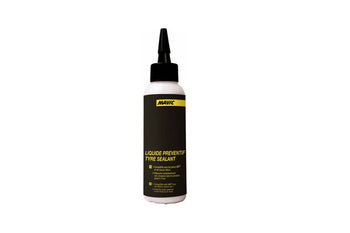 Mavic Liquide Tyre Sealant
Mavic Liquide Tyre Sealant
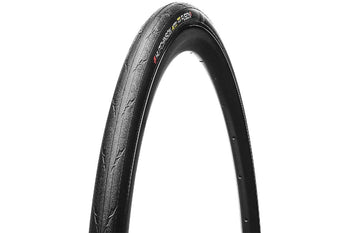 Sale
Hutchinson Fusion 5 Performance 11Storm Tubeless Tyre
Sale
Hutchinson Fusion 5 Performance 11Storm Tubeless Tyre
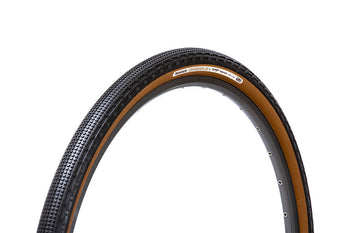 Sale
Panaracer Gravelking SK+ TLC Tubeless Tyre
Sale
Panaracer Gravelking SK+ TLC Tubeless Tyre
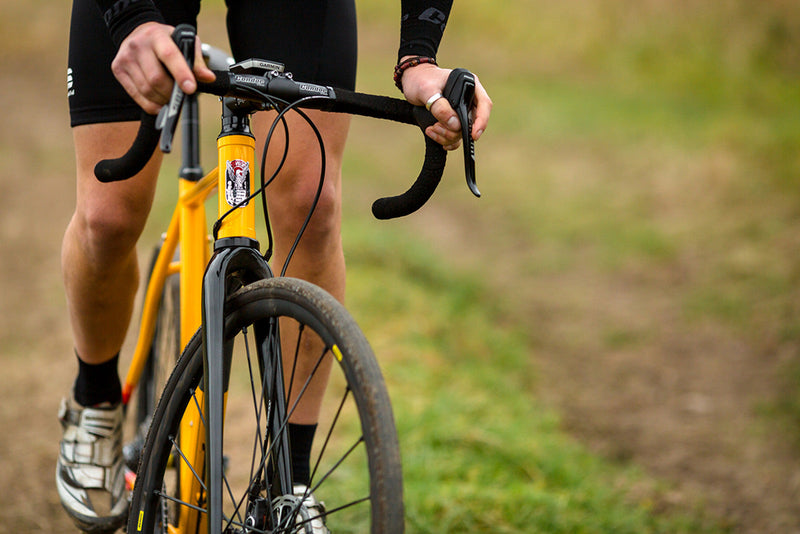
How to fit tubeless tyres
Guide to tubeless tyres, the benefits over a traditional clincher tyres and how to fit them.
